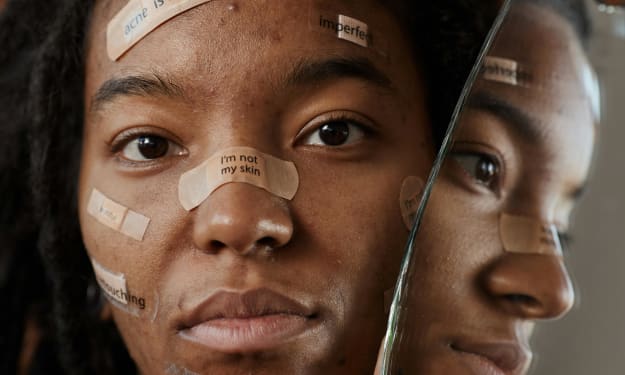Identity Development in the 21st Century
Media Literacy

With the ongoing debates about whether children under the age of thirteen should have access to social media platforms like Facebook and Twitter, some of the questions that arise have to do with Media Literacy and responsible content assessment. The Mediterranean Journal of Social Sciences and Emerging Trends in the Social and Behavioral Sciences: An Interdisciplinary, Searchable, and Linkable Resource provide information that may be useful for both the parent and the educator in both primary and secondary schooling.
The YouTube video “What is Media Literacy?” introduces the viewer to the concept that media literacy is a key to understanding the content of media, allowing them to become thoughtful and deliberate when creating their own media content, especially on social media platforms. In the journal articles “The Effect of Social Media on Identity Construction” and “Media and the Development of Identity” presented by Uğur Gündüz and Adriana M. Manago, respectively, they discuss the effects social media platforms have on identity development in adolescents and young adults. Because social media plays such a huge part in the development of identity, media literacy becomes crucial.
According to Uğur Gündüz
“social media is one of the platforms where communication and interaction are most intensely experienced” (Gündüz 85),
especially for young people (Gündüz 85). Twenty years ago, social media platforms like Facebook, were geared towards college and university students. However,
“[new] trends of being a citizen of the 21st Century lie in the success of the use of communication concepts such as technology based communication, information literacy, media literacy, information bombardment, effective decision making, etc” (Gündüz 86).
Youth are constantly bombarded with social media and information that influence how they think and feel. Their identities are wrapped up in how they see themselves. If young people are taught how to analyze media, core lifestyles, values, and points of view will not be distorted by images that flood in across a myriad of devices. These images are the product of consumer campaigns, in most cases, that should initiate questions like “Who created this message?” and “Why is this message being sent?”
Adriana Manago addresses this barrage by stating that
“Identity formation in a digital age increasingly involves constructing a self in online spaces via the same screens where commercially produced media are accessed” (Manago 1).
Because of these influences, there is a concern that these young people may not be able to formulate what Erik Erikson refers to as a
“coherent and stable identity” (Manago 2).
Erikson’s psychosocial model for
“coming of age requires constructing a coherent and stable identity that has meaning[ful] value in society” (Manago 2).
With the increased usage of social media platforms, identity is fabricated and presentation of self is a greater priority, where time is spent participating in “social grooming” activities like
“maintaining friendships, keeping track of what contacts in the network are doing…, and managing one’s own reputation to the network…” (Manago 3).
As a parent, this amount of time spent on pseudo relationships could be better spent. As an educator and mentor, being aware of the effects of social media on identity development can help formulate tools and strategies providing instruction in media literacy during primary and secondary education.
References
Gündüz , Uğur. “The Effect of Social Media on Identity Construction .” Mediterranean Journal of Social Sciences, vol. 8, no. 5, Sept. 2017, pp. 85–92., doi:10.1515/mjss-2017-0026.
Manago, Adriana M. “Media and the Development of Identity.” Emerging Trends in the Social and Behavioral Sciences: An Interdisciplinary, Searchable, and Linkable Resource, by Robert A. Scott and Stephen Michael Kosslyn, John Wiley & Sons, 2015, pp. 1–14.
“What Is Media Literacy.” YouTube, 17 Jan. 2017, youtu.be/GIaRw5R6Da4.
About the Creator
Rebecca A Hyde Gonzales
I started writing when I was about eight years old. I love to read and I also love to create. As a writer and an artist, I want to share the things that I have learned and experienced. Genres: Fiction, non-fiction, poetry, and history.
Enjoyed the story? Support the Creator.
Subscribe for free to receive all their stories in your feed. You could also pledge your support or give them a one-off tip, letting them know you appreciate their work.






Comments
There are no comments for this story
Be the first to respond and start the conversation.